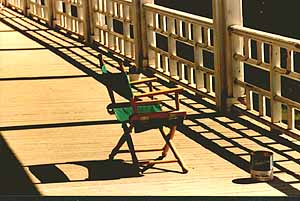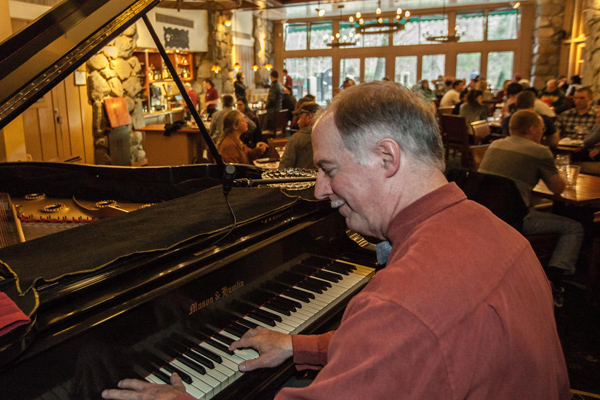(Actually it's January 22, 2016 - we've been busy).
“Go with the flow” they say, and what do you get: snags, rapids, boulders, waterfalls, and suspiciously calm waters. The year started well enough with Tom having successfully campaigned to continue winter employment at The Ahwahnee for a 30th season.
Snags: Diane – who with typical bravery throws herself between Tom and a coughing, hacking public that fails to comprehend that misting the open air with bodily fluids is a thoroughly vile practice – started out the year with a cold which continued on and off for four months. Tom borrowed the cold from Diane, now and then, so he wouldn’t have to sing so much. What a great team we are.
“Go with the flow” they say, and what do you get: snags, rapids, boulders, waterfalls, and suspiciously calm waters. The year started well enough with Tom having successfully campaigned to continue winter employment at The Ahwahnee for a 30th season.
Snags: Diane – who with typical bravery throws herself between Tom and a coughing, hacking public that fails to comprehend that misting the open air with bodily fluids is a thoroughly vile practice – started out the year with a cold which continued on and off for four months. Tom borrowed the cold from Diane, now and then, so he wouldn’t have to sing so much. What a great team we are.
Boulders: Diagnosed in January with hyperparathyroidism, Diane would for the next six months investigate alternatives to surgery, watching her symptoms increase and multiply (including a still unidentified nagging stomach problem).
We’d begun the year with our house listed for sale, having opened a contingency escrow on a mobile in Wawona that turned out to possess too much uncertainty regarding its future rebuildability. Turning away from that, our sights rested upon a Wawona cabin that had dramatically dropped in price. For months we kept our home as “staged” as possible (a mighty effort for two people who’d rather be creating stuff), only to have entertained a total of maybe three lookers.
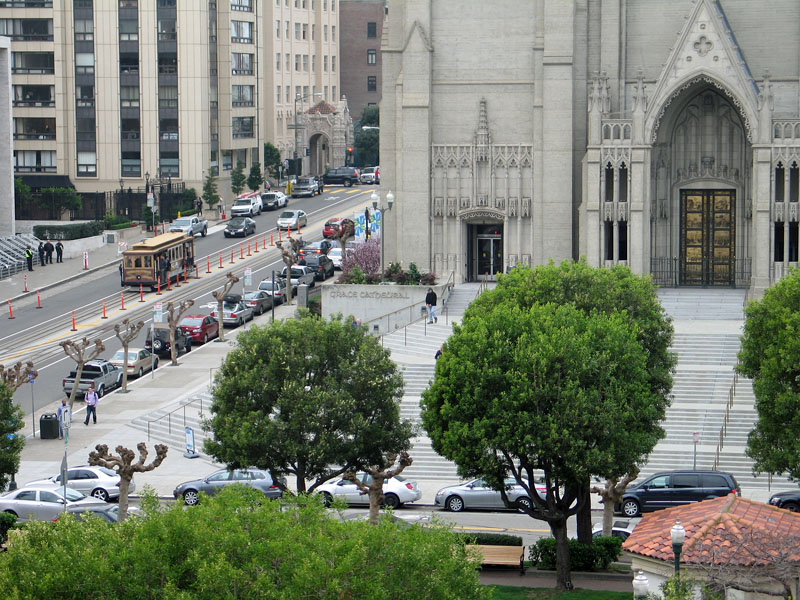
We’d begun the year with our house listed for sale, having opened a contingency escrow on a mobile in Wawona that turned out to possess too much uncertainty regarding its future rebuildability. Turning away from that, our sights rested upon a Wawona cabin that had dramatically dropped in price. For months we kept our home as “staged” as possible (a mighty effort for two people who’d rather be creating stuff), only to have entertained a total of maybe three lookers.

View from our room at the Pacific Union Club
Rapids: Meanwhile, on February 18th, Tom got a lovely gig that afforded the following adventure on Nob Hill in San Francisco:
3 p.m. Checked into the historic and ultra-exclusive Pacific Union Club for our overnight stay http://en.wikipedia.org/wiki/Pacific-Union_Club
4:30 p.m. - 7:15 p.m. Performed at the historic City Club on the 10th floor, which features original art-deco architecture & design elements (like its copper deco ceiling), plus in the stairwell a Diego Rivera mural and ceiling http://cityclubsf.com/about/history/
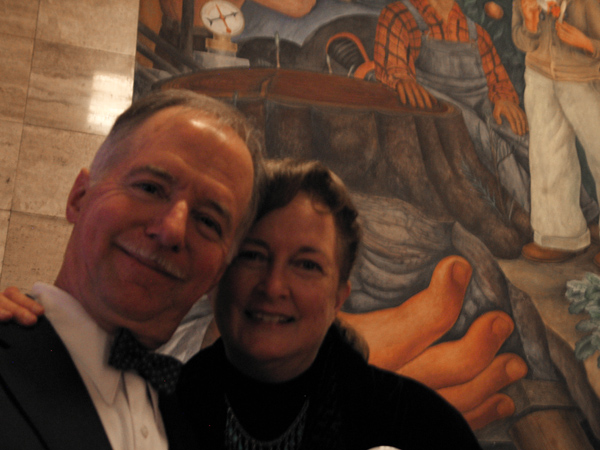
Tom & Diane at The City Club; Deigo Rivera mural behind.
8:30 p.m. Dinner at the Tonga Room (est. 1945) at the Fairmont Hotel (across the street from the Pacific Union Club) http://www.tongaroom.com/509/history
10:45 p.m. After dinner drinks & fine piano entertainment at the Top of the Mark http://www.intercontinentalmarkhopkins.com/top-of-the-mark.aspx
Next morning back home to Fish Camp, and back to work that evening at The Ahwahnee.
Soon after, Tom played a 3-day jazz festival in Monterey, where a woman with the flu politely turned away from her friend to instead cough on Diane, who then had the flu for the next month. Of course, Tom got to have it, too. Flu shots were famously ineffective in 2015.
Waterfalls: Meanwhile, our rental in Los Osos became vacant, and we soon learned our property management company left much to be desired. This led us to the difficult decision to sell the home built by Diane’s dear parents, three-quarters of which we’d purchased from their estate (with the sale of Diane’s investment property) – the house to which we’d intended to retire. With the proceeds, we bought the Wawona cabin – a furnished, 6 year-old vacation rental – planning to move in. We incrementally lowered the price of our Fish Camp home, waiting for an offer.
Two escrows later (and the attendant anxieties), Delaware North (Tom’s employer) lost its bid for the Yosemite concessions contract. Facing the uncertainty of a new employer, still with no offers on our Fish Camp home, and Diane’s future health in question, we bravely (dumbly?) pressed on. Then came an alarming new development. For Diane, the new cabin was uninhabitable, allergenically speaking, first due to the old carpet, and secondly because when we had the carpet replaced with a new wood floor, they’d mistakenly used a toxic smelling underlayment from China that was worse than the carpet had been.
We’d not only moved all the cabin furniture from Wawona to our garage in Fish Camp (with help from Peter and Joe), but much of our belongings from Fish Camp to the cabin’s garage. Meantime, we’d learned that moving our seven-foot grand piano was too much for the local movers, or even for the self-described “piano movers” from Fresno, and finally found a company that offered, with six large men and a “stair-stepper” device, to move the piano the seven and a half miles to Wawona – for $2,100! – on account of the stairs. We’re not entirely sure the piano would sell for that much in today’s market.
This was the last straw – it was time to fold. We decided to stay in Fish Camp – our home is no longer for sale. We called back our friends Peter and Joe, who with sympathetic faces and strong backs and two trucks helped us move all our stuff back home, and all the cabin furniture back to the cabin’s garage.
Diane, faced with increasingly sever symptoms, and steadily decreasing bone-mass, and no viable alternatives, underwent surgery (parathyroidectomy) at the end of August which immediately corrected her blood count, followed by an ongoing recovery.
The cabin now has a new concrete driveway, a second (this time non-toxic) new floor, and we’ve done endless cleaning, hazard-tree removal, yard re-grading, landscaping, and interior decorating to ready the cabin for rental. Newly named, WawonaMoon started taking guests on December 25th.
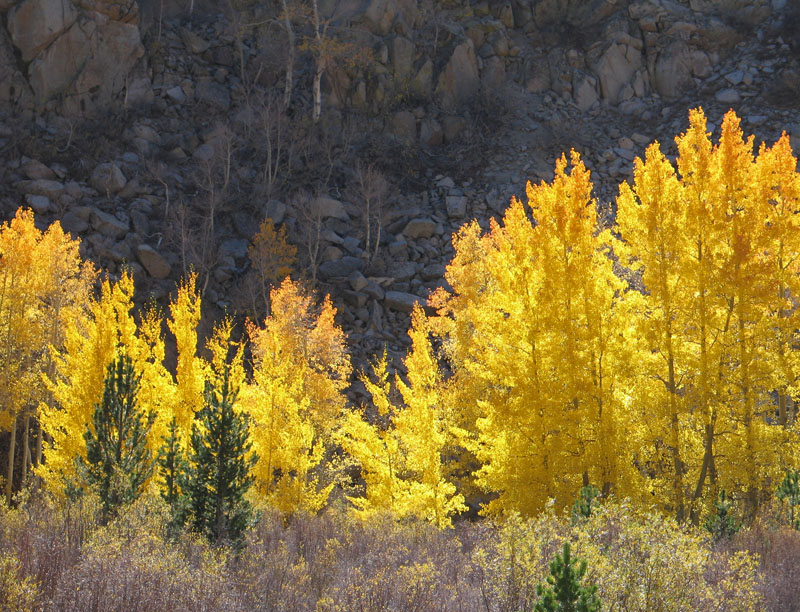
Calm Waters: in July, Diane was able to meet with old friends from her Methodist youth group in Cambria, and we both enjoyed a couple of trips to the eastern Sierra, along with as many as possible dips in the river in Wawona. We also reunited with dear friends on a whirlwind visit to So. Cal. when Tom performed at the Old Town Music Hall.
We wistfully observe the passing of Mac McMillen at age 101, who generously signed over the copyright to his composition, “The Bridge by Yosemite Falls” to Tom as a parting gift. Mac was a gifted, intelligent and elegant man; we miss his dry humor and kindness. We also bid farewell to local artists and friends, Cappy McGoldrick, and Betty Elsworth, who for many years have supported Diane as a teacher and artist, and Tom by faithfully attending his performances.
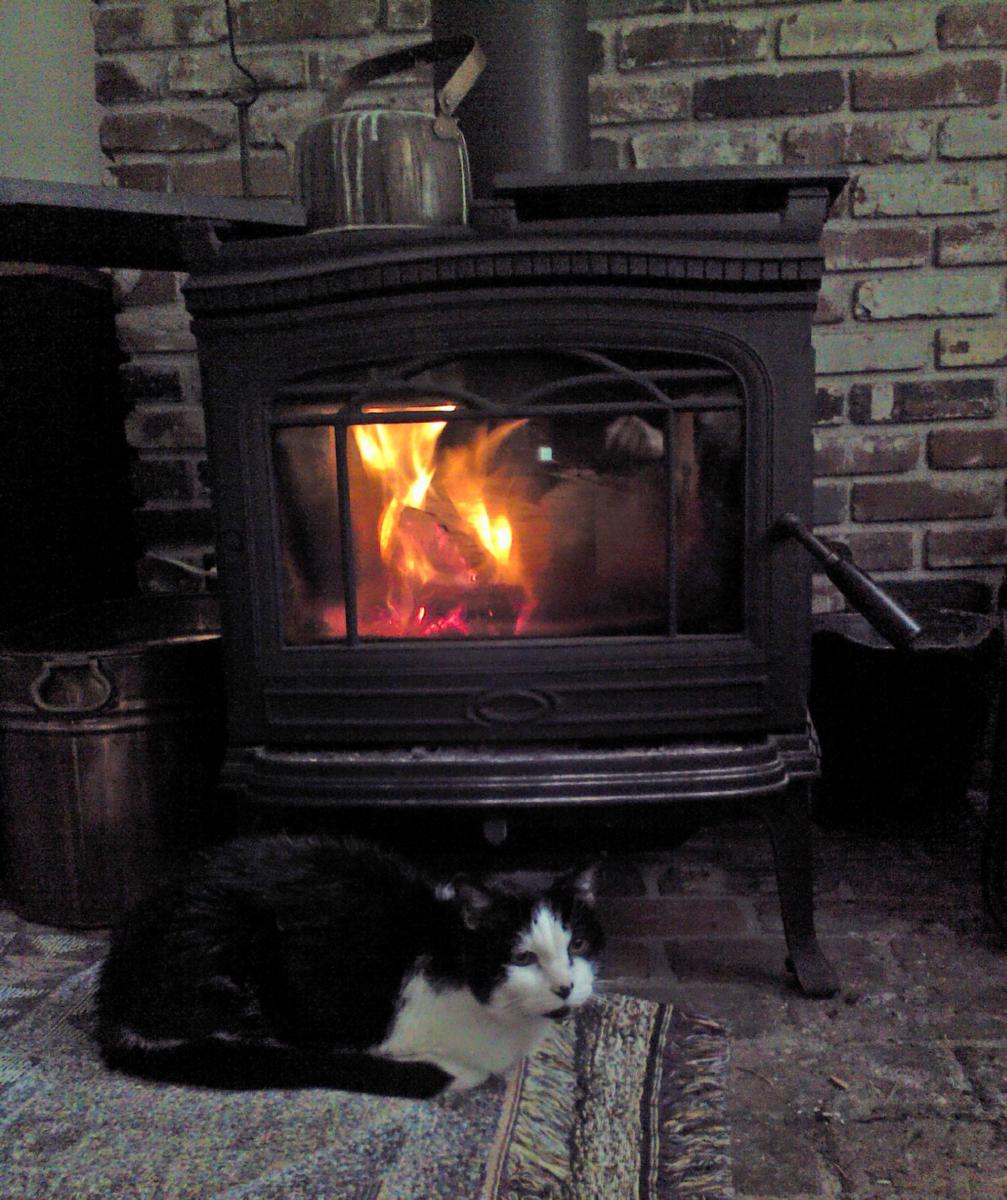
Now we’re afloat in those suspiciously calm waters, wondering if the decisions of 2015 will haunt or help us. Diane contemplates resuming her teaching career after having taken the year off.
Aramark will likely employ Tom when they take over in Yosemite March 1st. Now well into January, 2016, Tom has reapplied for his job and is waiting to hear from his prospective employer to discuss terms. Back performing full-time at The Ahwahnee and with a private room when needed, Tom observes that everybody seems more than a little anxious about their futures, as are we – but we know that whatever happens, we’ll muddle through with the love of our friends and family.
Blackbeard the Elder lives on – our kitty companion of 20 years – who demands only that we keep the woodstove warm and give her ample lap-time, 24/7. We’re glad to do it.
Have a comfortable 2016.
Tom & Diane
